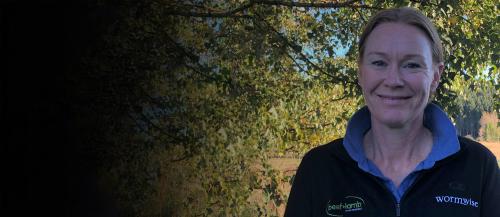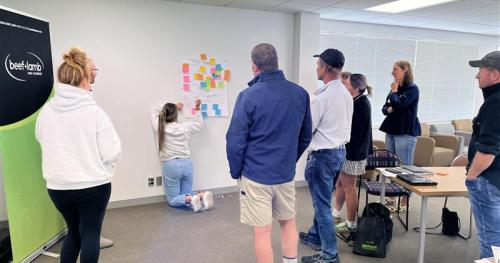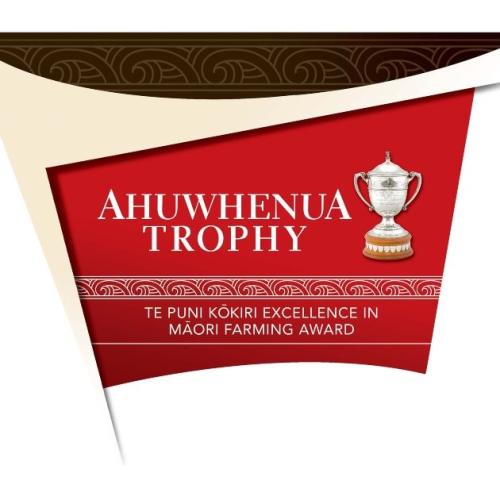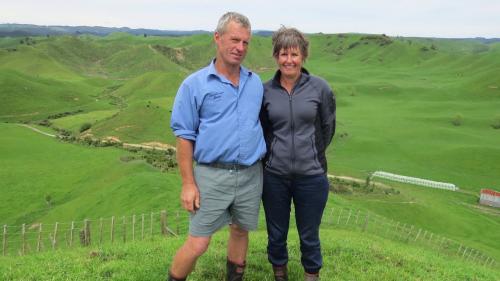Search results
Displaying 481 - 490 results of 979
- News… and Demand Duration: 5 months Assist with Management of Livestock Health and … or Stock/Block Managers Taking our grazing management and stock performance to the next … 9 months Mating, Lambing and Calving Management Duration: 6 months 34%¹ of fees …

- News… programme as farmers look ahead to the management of lambs and dairy beef calves for …

- News… area recently met to kick off their financial management learning journey. …

- Factsheet… reduce stock numbersfeed requirements cull dry off proportion herd graze off get … fund southland otago winter feed management toolkit … southlandandotagowinterfeedmanagementtoolkit aspx wwwbeeflambnzcom 0800 …
- Factsheet… notches clover means you have crw seek advice management avoid sowing clover spring put … over grazing 1000kg 2cm especially when very dry keeping grass cover less than 2500kg dmha … early identification means farmers can alter management optimise production more …
- VideoCarol and David Hodge caught the judges’ attention for the extent of the protective fencing and planting on their property and the formation of ponds and retention dams. The result is an enhanced …
- NewsBeef + Lamb New Zealand (B+LNZ) is calling on farmers to take part in a groundbreaking Facial Eczema research project by collecting sheep …

- PodcastFor 12 years they farmed in a whānau partnership, who all had one goal in common, to one day all own their own farms. The whānau knew that with hard work, commitment, and determination their goal …

- … well national policy statement freshwater management legal requirement npsfwm key issues … need met included chapter 6 regional resource management plan rrmp refer policy 5103 … industry groups including governance management environmental outcomes like farm …
- Our Innovation Farm Programme helps farmers identify tools and practices that result in real financial …
